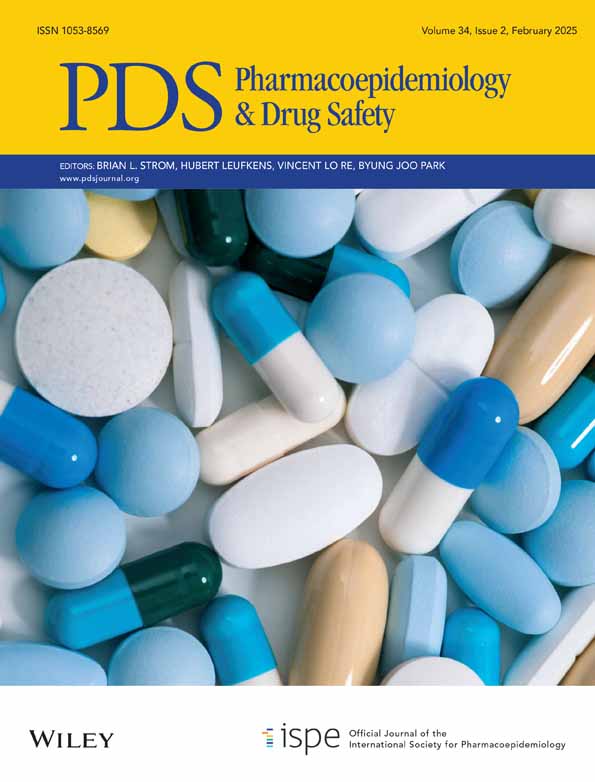The Effect of Isoniazid for Tuberculosis Prevention on Pregnancy Risk Among Women Living With HIV on Antiretroviral Treatment and Progestin-Based Hormonal Contraception
Funding: This work was supported by the National Institutes of Health (grant numbers R01-HD088279, P30 AI050410; and the National Research Service Award Infectious Disease Training Grant T32 AI 070114).
Prior presentations: This research was presented as a poster presentation at the 2023 International Conference for Pharmacoepidemiology (ICPE), abstract number 975.
ABSTRACT
Purpose
Concomitant use of antiretroviral therapy (ART), hormonal contraception, and isonicotinic acid hydrazide (isoniazid) for tuberculosis prevention is common among women of reproductive age who are living with HIV in sub-Saharan Africa. We estimated the effect of isoniazid on 6-month pregnancy risk among Malawian women living with HIV in the Family Planning and Antiretroviral Therapy (FP-ART) prospective cohort study, overall and among subgroups defined by ART regimen type and hormonal contraceptive method.
Methods
The analytic sample included visits contributed by participants who were currently using either efavirenz- or dolutegravir-based ART and either depot medroxyprogesterone acetate (DMPA) or levonorgestrel (LNG) implant contraception at the time of the visit. The exposure was self-reported, current isoniazid use (yes/no). The binary outcome measure, 6-month pregnancy, was defined as an estimated conception date 1–183 days after the study visit date. We used a marginal structural linear risk regression model with inverse probability of treatment weights, multiple imputation by chained equations, and bootstrapping to estimate risk differences (RD) and 95% confidence intervals (CI).
Results
The analytic sample included 4709 study visits occurring between September 2017 and June 2021. The weighted 6-month pregnancy risk among isoniazid use visits was 3.0% compared with 2.3% among non-use visits (RD 0.7%, 95% CI: −0.7%, 2.1%), and the results were qualitatively similar for all subgroup estimates.
Conclusions
We did not find a clinically significant effect of isoniazid use on 6-month pregnancy incidence among women concomitantly using ART and either DMPA or LNG implant contraception.
Conflicts of Interest
KM has received research support from grants or contracts awarded to the University of North Carolina from 45 Gilead Sciences. The remaining authors have no conflicts of interest to disclose.




